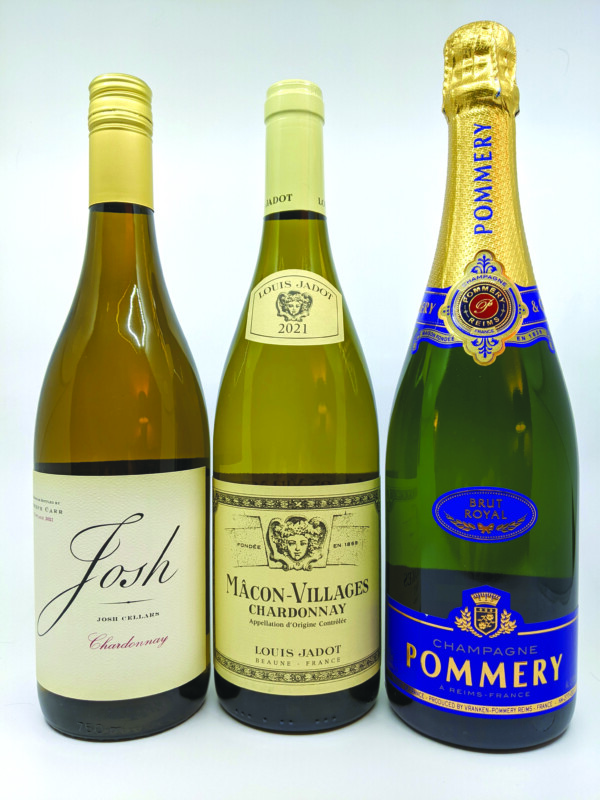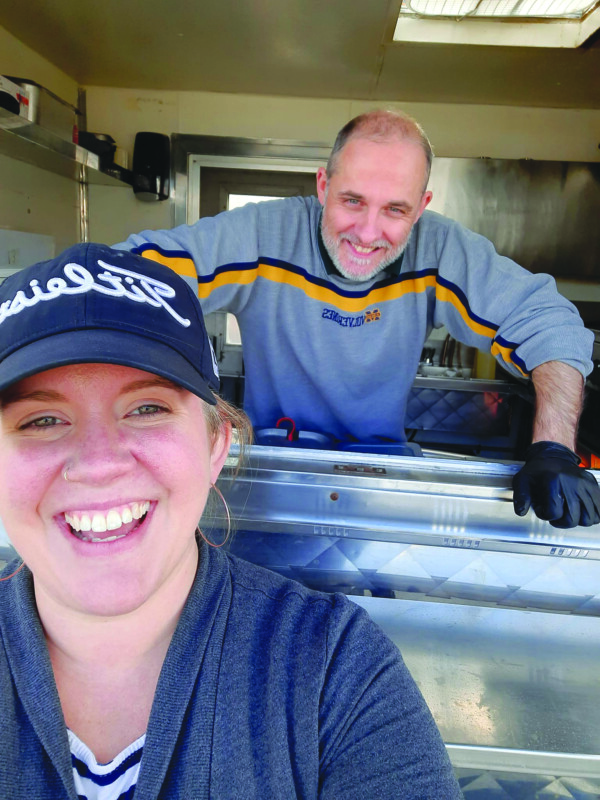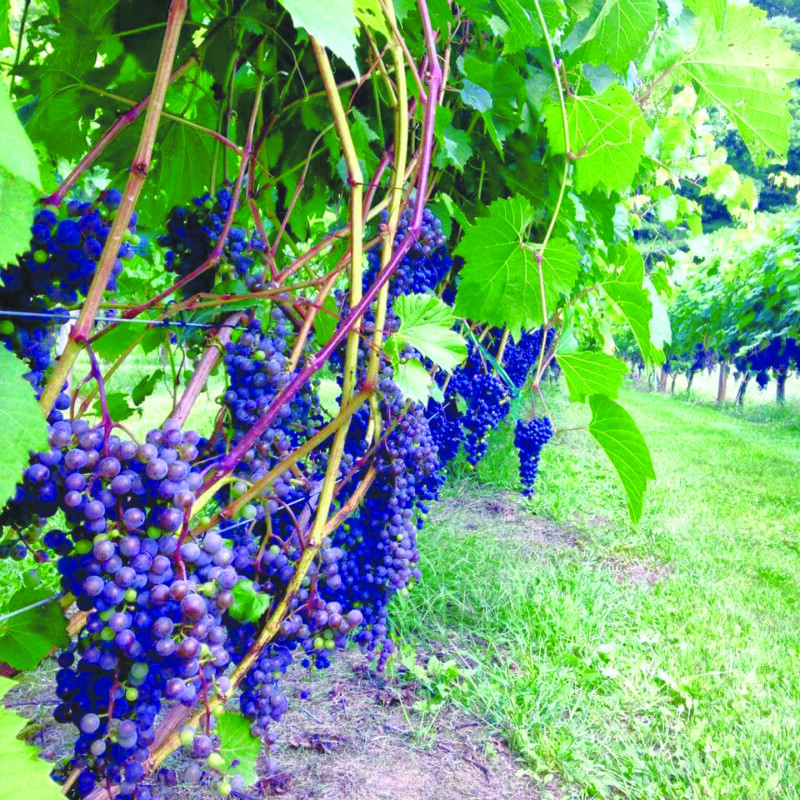This ubiquitous grape can be a product of its upbringing
Chardonnay may have reached its peak in the 1980s as a “wine of choice,” where a number of labels were sold as bladder boxes, housed in the household refrigerator, ready to be savored after a long day of trials and tribulations. However, this grape should not be slighted. It is, after all, one of the most widely planted of grape varieties. With over 500,000 acres planted, virtually worldwide, it may be considered the entrée to grape-growing and the production of wine.
Its recognized origins lie in Burgundy, France, but the grape’s true origins are a bit clouded. Tales trace it to the Crusaders bringing the grape to Europe from indigenous vines in Cyprus. Modern DNA research suggests chardonnay is the result of crossing two indigenous varieties, pinot noir and gouais blanc, a Roman grape, first found in Croatia. Whatever the true source of the grape, it has been grown and cross-bred so that as of 2006, 34 clonal varieties of chardonnay could be found in vineyards throughout France. The Dijon clones are bred for their adaptability, and the New World varieties, such as Mendoza, produced some of the early California chardonnays.
Why is there this interest in chardonnay? There are some, including my wife, who are true believers in “ABC” (Anything But Chardonnay). However, these same “non-imbibers” will drink heartily of white Burgundy or Champagne! This is simply because many consider chardonnay to be a neutral grape, a chameleon that fully expresses its terroir, the climate and soils of where it is grown. Chardonnay has an affinity to three soil types: chalk, clay and limestone, all prevalent in Champagne and Burgundy. California, with its volcanic soils and climate warmer than France, produces a wine with tropical and citric notes. The story of chardonnay is long and complex in each of the regions wherein the grape is grown and the wine is produced.
Our first wine, a 2021 Josh Cellars Chardonnay (originally priced at $16.99, and on sale at the New Hampshire Liquor & Wine Outlets until Sept. 25 for $11.45), is a Lake County California chardonnay. The color is light straw. To the nose there are notes of citrus and honey. These carry through to the tongue, with hints of peaches and the slightest touch of leather given by some exposure to oak. The flavor lingers on the palate with a fresh and clean finish. You could describe this as a classic California buttery chardonnay. This is an excellent value and would pair well with mild soft cheeses or rotisserie chicken.
Our second wine, a 2021 Maison Louis Jadot Mâcon-Villages Chardonnay (originally priced at $15.99, and on sale at the New Hampshire Liquor & Wine Outlets until Sept. 25 for $12.95). is a classic Cote d’Or White Burgundy wine. With grapes harvested from the Maconnais region of Burgundy, Louis Jadot produces some of the most prestigious Premier and Grand Cru wines. With its light straw color and floral notes to the nose, coupled with apple and citrus, this is a decidedly different chardonnay from the Josh Cellars. To the tongue, the taste is full of lemon curd or tangerine, but these flavors are coupled with the minerality of the chalk and limestone soils of Burgundy. This wine is 100 percent unoaked chardonnay to maximize the complex and vibrant nose and flavors it offers up. It can be sipped as an aperitif or paired to shellfish or goat cheese.
Our third wine, Pommery Brut Royal Champagne (originally priced at $46.99, and on sale at the New Hampshire Liquor & Wine Outlets until Sept. 25 for $39.99), is a blanc de blanc Champagne. That is, it is made of 100 percent chardonnay grapes sourced from 40 selected villages in the Côte des Blancs and Montagne de Reims areas of the Champagne region. The color is pale yellow with faint green highlights. To the nose, it is lively with that touch of brioche dough so closely linked to the yeast of the double fermentation. To the tongue the taste is rich and rounded, smooth and not dry with touches of apples. This is a wine for toasting, to be shared to acknowledge a special event.
Three examples of chardonnay that are so different from each other, and all to be enjoyed for their very different qualities. Give them a try!
Featured photo. Courtesy photo.






